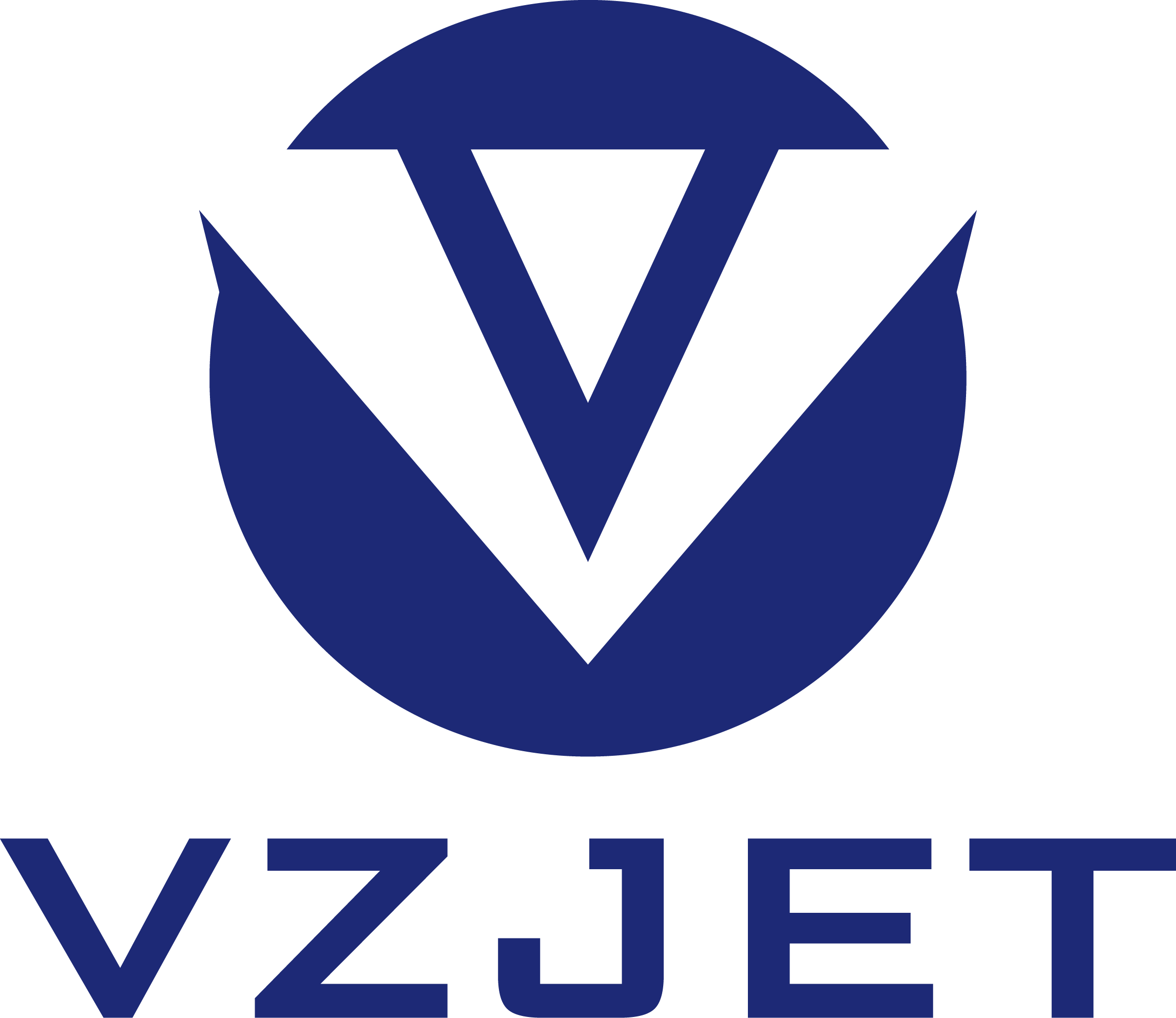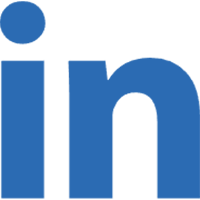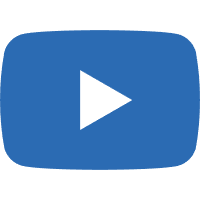Information
How to Choose the Right Inkjet Printer for Your Product?
09 Oct,2025
1. Clarify Your Coding Requirements
Coding Content
- For printing simple characters such as production dates and batch numbers with a height of 3-5mm, a 300DPI inkjet printer is sufficient.
- If you need to print small characters (<2mm), QR codes, traceability codes (e.g., 0.5mm serial numbers on PCB circuit boards), a 600DPI model is required.
Product Material
- For plastic packaging (PE/PP/PET), solvent-based ink or UV-curable ink should be selected.
- For food-contact packaging, edible ink or food-grade UV ink must be used, and the ink should hold the GB 4806.8 certification.
- For high-temperature scenarios (e.g., 121℃ can sterilization lines), high-temperature curing ink is needed; for low-temperature scenarios (e.g., cold-chain food at -20℃), low-temperature resistant ink is required.
Production Line Speed
- For production lines counted by "individual products" (e.g., bottle filling lines in food and beverage factories), the speed of the inkjet printer should be 10%-20% faster than the actual speed of the production line.
- For production lines operating with "continuous rolls" (e.g., express bag roll production lines), the linear speed of the inkjet printer must be ≥ the linear speed of the roll line.
2. Consider the Type of Inkjet Printer
Continuous Inkjet (CIJ) Printer
- Advantages: Suitable for high-speed production lines; can print on various material surfaces; high speed (up to 1000 meters per minute); non-contact printing; low maintenance cost.
- Disadvantages: High ink consumption; relatively low resolution.
Drop-on-Demand (DOD) Printer
- Advantages: Suitable for high-precision marking needs (e.g., electronic components, pharmaceutical packaging); high resolution; high ink utilization rate; capable of printing complex graphics.
- Disadvantages: Relatively slow speed; slightly poor adaptability to different materials.
Laser Marking Machine
- Advantages: Suitable for hard materials (e.g., metal, plastic) that require permanent marking; no consumables; permanent marks; environmentally friendly.
- Disadvantages: High initial investment; may cause discoloration (instead of etching) on some materials.
3. Pay Attention to Performance Parameters
Printing Height
- The printing height of standard models generally ranges from 1.2mm to 15mm.
- Large-character inkjet printers can achieve a printing height of over 50mm.
- The selection should be based on product requirements.
Communication and Integration Capabilities
4. Evaluate Operating Costs
Ink/Solvent Consumption
- Different inkjet printers have different ink consumption rates. Calculate the number of characters that can be printed per milliliter of ink.
- Understand the solvent addition ratio and frequency.
- Evaluate the cost difference between dedicated ink and general-purpose ink.
Maintenance Costs
5. Inspect After-Sales Service
- Understand the supplier’s after-sales service level by consulting other users, reviewing industry reports, or conducting on-site inspections.
- Additionally, pay attention to whether the supplier provides value-added services such as technical training and remote fault diagnosis.
09 Oct,2025
Classification:
Information
Latest Contents







